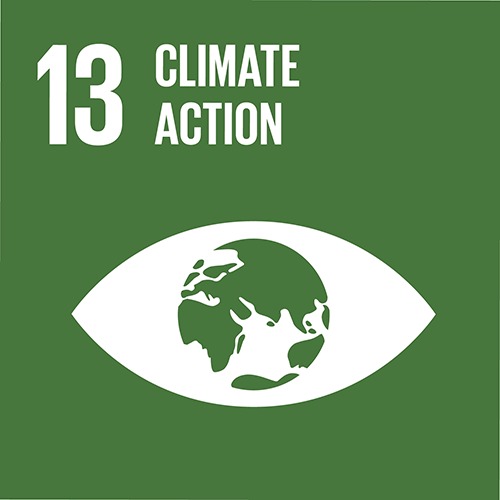Märchenwiese Ichlim – Moor Rewetting in Mecklenburg-Vorpommern

Project type: Land Use and Forestry
Project location: Germany, Mecklenburg-Vorpommern
Project status: Underway, certificates available
Emissions reduction over 50 years: 6.458 t CO2e
This climate protection project involves renaturing and rewetting a 17-hectare area of uncultivated pasture and meadow in Mecklenburg-Vorpommern that was originally moorland. Closing 25 drainage canals will raise the water level of the area and stop the release of climate-damaging emissions in the long term. This renaturing enables an endangered biotope to be reclaimed and the biodiversity of the region to increase.
From “Fairy Meadow” to “Fairy Moor”
The Märchenwiese Ichlim (“Ichlim Fairy Meadow”) is located in the heart of the German state of Mecklenburg-Vorpommern, next to Lake Nebel and surrounded by forest. For decades, it served as pasture and meadowland, and was manually drained by a pumping station. It is one of several original moorland areas in Mecklenburg-Vorpommern where gradual renaturing and important climate protection and nature conservation measures are to be implemented.
Moors have immense potential to contribute to climate protection and the climate adaptation of our natural and cultural landscape in Germany. Ninety per cent of the country’s moorland has been drained, resulting in the release of around 53 million tonnes of CO2 emissions a year, or 7.5 per cent of all German greenhouse gas emissions. Much of the original moorland is now meadow, farmland or residential land. In Mecklenburg-Vorpommern alone, the emissions from drained moorland amount to 6.2 million tonnes of CO2 a year. This makes it all the more crucial to renature original moorland, wherever possible.
The rewetting of the Märchenwiese Ichlim is making an important contribution to climate protection in Mecklenburg-Vorpommern and to the national moorland and climate protection strategy – not to mention its benefits for biodiversity. The Märchenwiese is therefore a building block for achieving a wide range of objectives.
In practical terms, around 25 drainage canals across the project area of around 17 hectares were closed using construction measures, and the pumping station at the northern end of the project area was shut down. Digital water-level meters ensure that the area remains saturated. The higher water level means self-eutrophication due to peat composition is reduced. It is expected that typical wetland species, such as marsh ferns, reed grass, various reeds, sedge, mosses and algae, which are already growing in small areas, can spread further and thus shape the vegetation.
Climate protection contributions finance not just the construction measures themselves but also the preparatory planning, monitoring of the project over 50 years, certification and securing of land availability. In preparation for the rewetting measures, mapping of peat thickness, vegetation, water levels and biotope types was carried out. This information was then used to work out the climate-protection potential of the area. Next, the scientific GEST (Greenhouse gas Emission Site Types) approach was applied to make conservative estimates of the annual emissions of the drained areas using average values and excluding N2O emissions. To further minimise the risks of over-estimation and not achieving the predicted emissions reductions because of, for example, extreme dry periods, areas where peat thickness was under 50 cm were excluded from the quantification and a 30-per-cent buffer was subtracted from the climate protection performance. The project area is privately owned and the rights for rewetting were granted for the entire 50-year project term. Moreover, German nature conservation law prevents the original moorland from being drained again, thus ensuring the sustainability of the project well past its planned time frame.
More information about the project and the MoorFutures standard is available on the MoorFutures website (in German only).
This project contributes to three SDGs:*
*As of June 2024. Find out how myclimate reports these SDGs in our FAQ.
The project area is restored to its natural state, i.e. a deep silting moor and water-rich ecosystem.
Harmful greenhouse gases are captured and no longer released into the atmosphere.
A valuable habitat for many endangered plant and animal species contributes to biodiversity.
Situation without project
Drained moor releases CO₂ emissionsProject standard

Project number
7804






